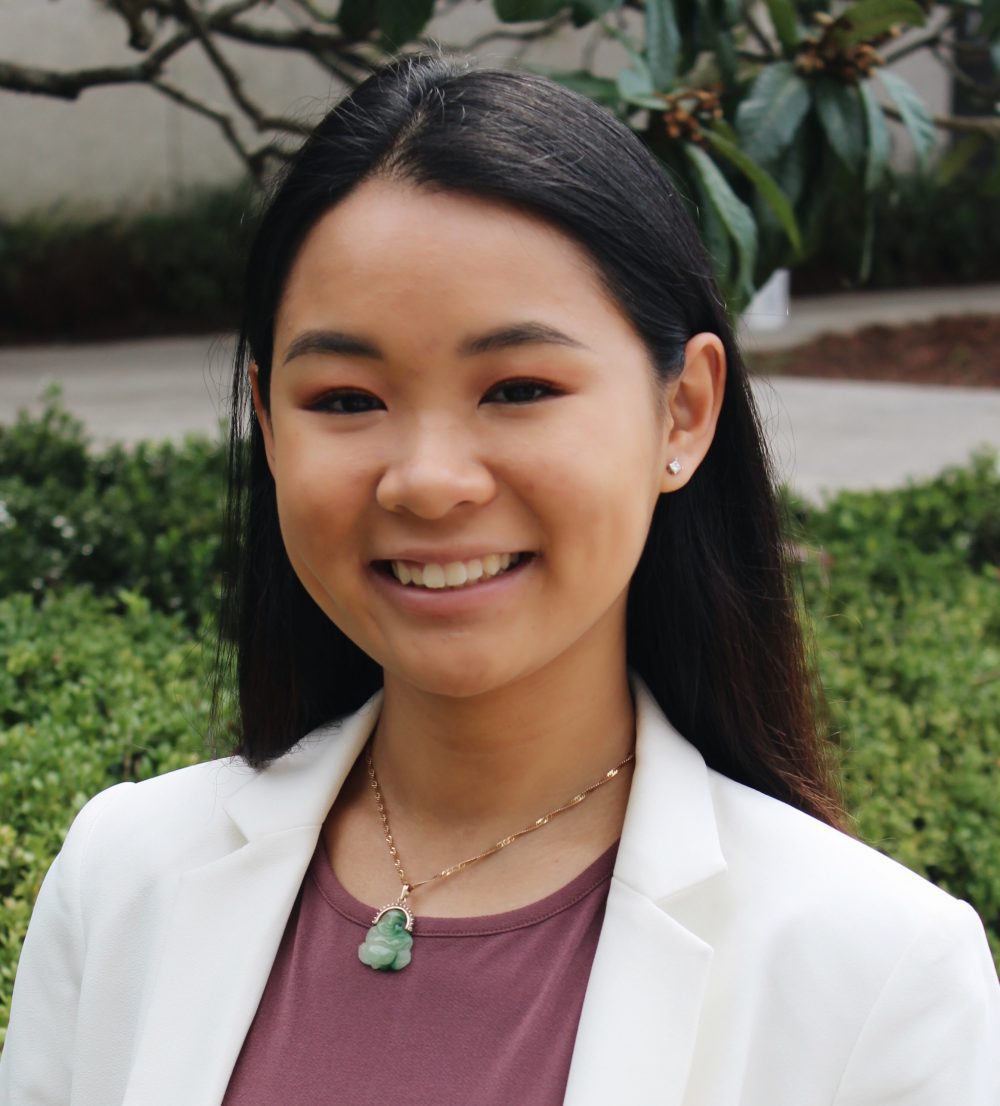This post is a summary of a paper by Dr. Melody T. Fisher, Mississippi State University. For the full study, please visit the Public Relations Review.

From the Civil Rights Movement to the Occupy Wall Street movement, student activist groups have long been a medium in which to influence the reorganization and restructuring of an institution. As more and more students are speaking out, how is administration responding?
This study looks at four recent cases of campus protests to examine the effectiveness of student activist groups and how institutions utilize conflict resolution strategies.
Literature Review:
The tactics used by activists groups are as following:
- Informational activities: holding media interviews and news conferences
- Symbolic activities: boycotts and protests
- Organizing activities: meetings and community outreach
- Legalistic activities: filing lawsuits and testifying at hearings
- Civil disobedience: trespassing and blocking traffic
Responses to activists groups must be noted as well. The contingency theory focuses on conflict management between an organization and its publics. It enforces the idea that conflict is natural and necessary in the public-organization relationship. This conflictual and strategic relationship can also be placed on a pure advocacy/pure accommodation continuum.
The pure advocacy/pure accommodation continuum can be defined by these nine negotiation tactics:
- Contention: one party forcing its position on the other
- Cooperation: both parties work together to reach mutually beneficial solution
- Accommodation: one party partially yields on its position and lowers its aspirations
- Avoidance: one party neither pursues its own concerns neither the other party’s concerns
- Unconditionally constructive: organization reconciles the strategic interests of both the organization and the public
- Compromise: identifying an expedient, mutually acceptable solution that partially satisfies both parties
- Principled: both parties hold to higher ethics that cannot be compromised
- Win/win or no deal: if no solution benefits parties, then they would agree to disagree
- Mediated: involves third party
Method:
Four recent cases of on-campus, high profile student activism were examined:
- Concerned Student 1950, University of Missouri (Sept. 16, 2015 – Nov. 20, 2015): Students demanded resignation of President Tom Wolfe after alleged subpar response to several racial incidents on campus.
- People of Color, Ithaca College (Sept. 2, 2015 – Jan. 31, 2016): Students demanded resignation of President Tom Rochon after accusing him of insensitivity towards minority students.
- Royall Must Fall, Harvard School of Law (Oct. 23, 2015 – March 31, 2016): Students demanded the change of the law school’s seal, because it included the crest of a notoriously cruel slave owner.
- Irate Eight, University of Cincinnati (Oct. 15, 2015 – May 5, 2016): Students demanded the firing of campus police officer, Phillip Kid and David Lindenschmidt, after the officers corroborated the falsified story of an officer indicted for killing an unarmed black man.
Results:
The total number of articles written about each student activist group were recorded: 88 (55%) on the University of Missouri, 61 (34.7%) on Ithaca College, 14 (8%) on Harvard Law School, and 13 (7.4%) on University of Cincinnati.
The first research question asked concerned the students’ tactics. Symbolic activities were used more than any other tactic (71, 40.3%), followed by informational (43, 24.4%), organizing (16, 9.1%) and one case (.6%) of civil disobedience. However, 43 (24%) articles did not mention activity.
The tactics of institutions were also noted, with the majority defaulting to unconditionally constructive tactics (33, 18.8%). The second most used tactic was accommodation (22, 12.5%), followed by cooperation (10, 5.7%). Institution tactics were not given in 89 (50%) of articles.
The second research question focused on the stances of the two publics. Both institutions and student groups mostly advocated rather than accommodated. The research indicated that student groups, however, advocated more than institutions. Institution stances were found to move along the continuum from advocacy to pure accommodation.
Discussion:
The students’ dominant use of symbolic tactics, suggesting a more radical posture, mimicked that of students in the 60s. Activities included: confronting administration and excluding input from external voices. The most drastic act of symbolism was implemented during the 1950 Concerned Student movement when graduate student, Jonathan Butler, began an individual hunger strike, even signing a do not resuscitate order, until Wolfe’s resignation.
It is important to recognize the groups’ uniting and creating a name, as it is an important aspect of identity building that gives activists a sense of power. These names were repeated throughout media outlets.
Though institutions initially responded with unconditionally constructive tactics, students persisted with their symbolic activities until their demands with met. When students unite as activists, the issue held heat and there was no plan to accommodate or consider a mutually beneficial relationship.
Conclusion:
Cabinet level departments must maintain two-way dialogue with all student sectors on campus, providing direct connection to administration and regularly scan the environment for potential issues. This will help prevent a crisis and students will be receptive to institutions’ unconditionally constructive tactics.
For the full study, please visit here.

Carolyn Lok is a member of the IPR Street, a public relations student at the University of Florida and a media coordinator for The Agency, an integrated, strategic communications firm in the College of Journalism and Communications. Follow her on Twitter, @carolynmlok.



